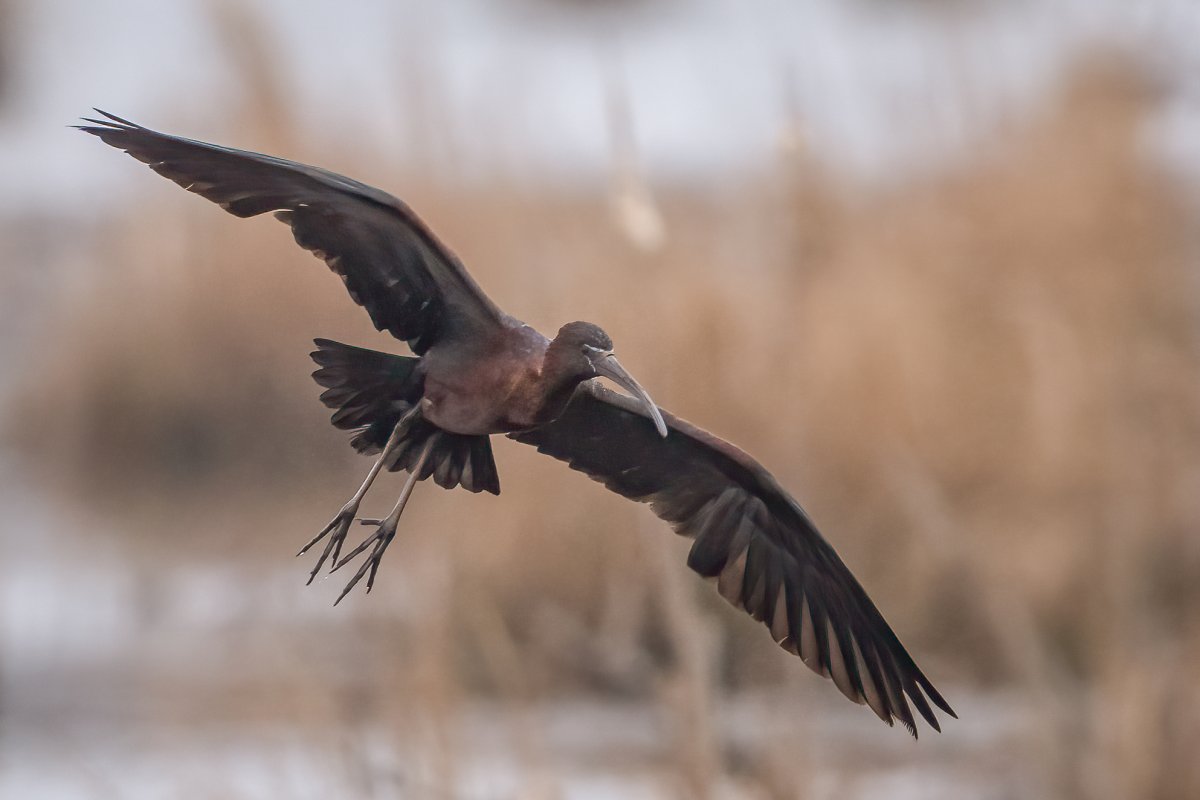A winged visitor has made a rare appearance in Nova Scotia.

The Glossy Ibis, a slender and long-beaked bird, has found its way north from the warmth of its normal habitat in the southeastern marshes of the United States.
Jason Dain, a member of the Nova Scotia Bird Society, said he was alerted by another member of the society that an Ibis was spotted in the area of Brookfield, N.S., located 15 km south of Truro, N.S.
READ MORE: Golden eagle back up and flying after being fished out of Atlantic Ocean in May
Dain told Global News that he rushed out to take pictures of the rarely sighted bird.
“I live in Tantallon and had an hour drive of anticipation,” said Dain.
The president of the Nova Scotia Bird Society, Dave Currie, said the sighting of the Glossy Ibis in Nova Scotia is rare but it does happen.
“Often, when migration occurs… maybe one or two (will) come up and stop in Nova Scotia,” said Currie. “Winds and weather systems force them to stop and rest up.”
WATCH: The geese are back at Sullivan’s Pond in Dartmouth

He said the society has been keeping records of birds that have been entering and leaving the province since 1955.
According to the society’s records, the Glossy Ibis has been spotted occasionally but there have been no reports of the species breeding in Nova Scotia.
Dain said the sight of the rare species has drawn onlookers to Brookfield.
A photographer by hobby, Dain says that visitors should be mindful of how they take pictures of the feathered visitors to the province.
“There is ethical bird photography that people should take into consideration,” said Dain. “Baiting is a major no-no… always choose to do what’s best for the bird.”
Further information on how to ethically take pictures of birds can be found at Audubon’s Guide to Ethical Bird Photography.
- 2021 heat dome fuelled by climate change, intensified wildfire risk: study
- B.C. introduces legislation recognizing Haida Gwaii Indigenous title
- Whale experts confident B.C. orca calf will survive, find family if rescue plan succeeds
- Plastic production cap still contentious as Ottawa set to host treaty talks





Comments